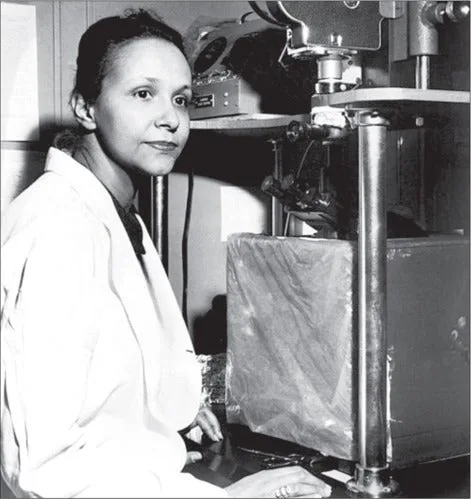
According to the American Cancer Society, about 1 in 3 black men and women will be diagnosed with cancer in their lifetime, and 1 in 5 will die from the disease. A woman named Dr. Jane Cooke Wright aimed to change these statistics, as she became a noted professor of surgery, head of the cancer chemotherapy department, associate dean at New York Medical College, and the highest-ranked Black woman at a nationally recognized medical institution. Dr. Jane Wright focused on analyzing a wide range of anti-cancer agents, explored the relationship between patient and tissue culture response, and developed new techniques for administering cancer chemotherapy.
In January 1949, Dr. Wright was hired as a New York City Public Schools staff physician and continued as a visiting physician at Harlem Hospital. After six months, she left the school position to join her father, director of the Cancer Research Foundation at Harlem Hospital. In 1955, Dr. Wright became an associate professor of surgical research at New York University and director of cancer chemotherapy research at New York University Medical Center and its affiliated Bellevue and University hospitals. 1964 President Lyndon B. Johnson appointed Dr. Wright to the President’s Commission on heart disease, cancer, and stroke. Subsequently, in 1967, she was named professor of surgery, head of the Cancer Chemotherapy Department, and associate dean at New York Medical College, her alma mater, when Black women physicians numbered only a few hundred in the United States.
While pursuing private research at the New York Medical College, Dr. Wright implemented a new comprehensive program to study stroke, heart disease, and cancer and created another program to instruct doctors in chemotherapy. In 1971, she became the first woman president of the New York Cancer Society. After a long and successful cancer research career, Dr. Wright retired in 1987.
During her expansive forty-year career, Dr. Wright published many research papers on cancer chemotherapy and led delegations of cancer researchers to Africa, China, Eastern Europe, and the Soviet Union.

